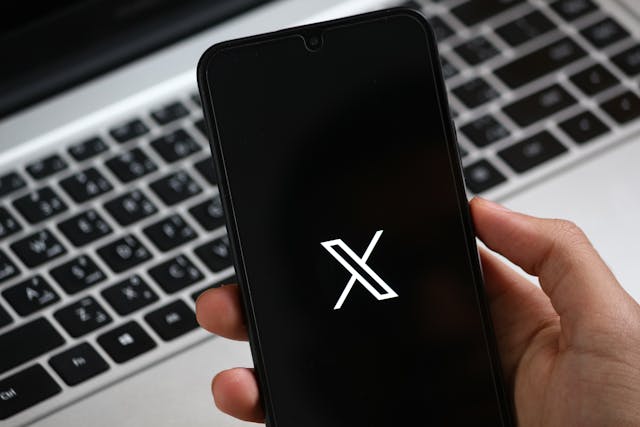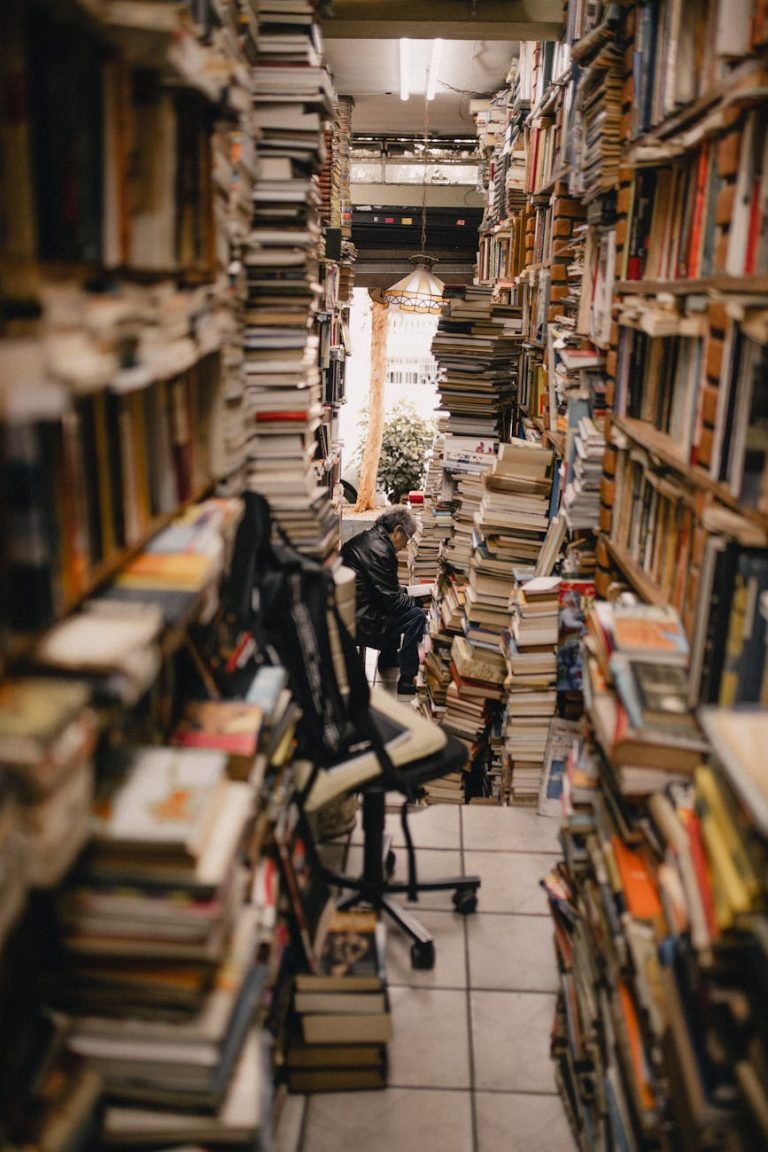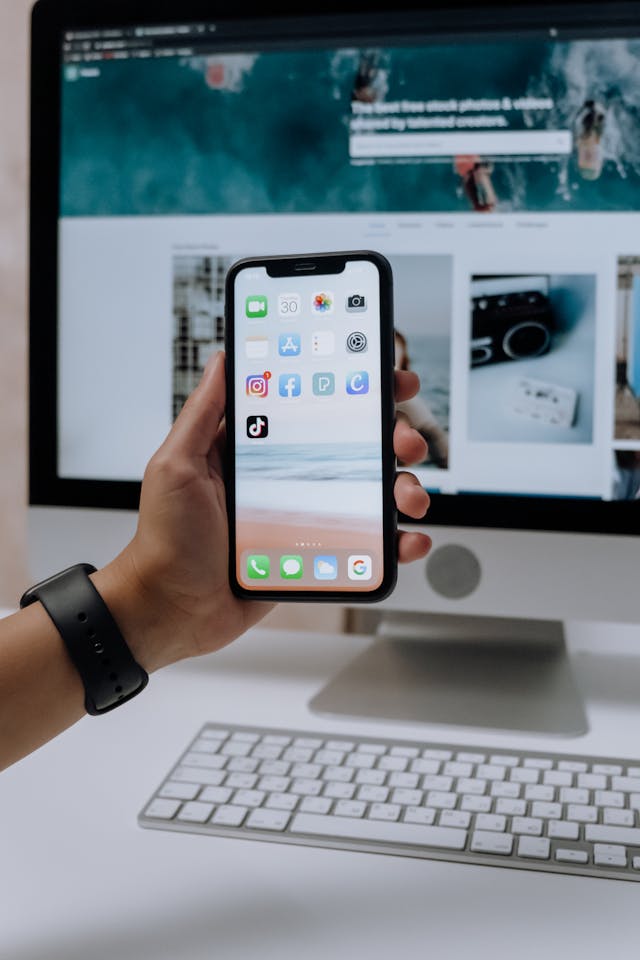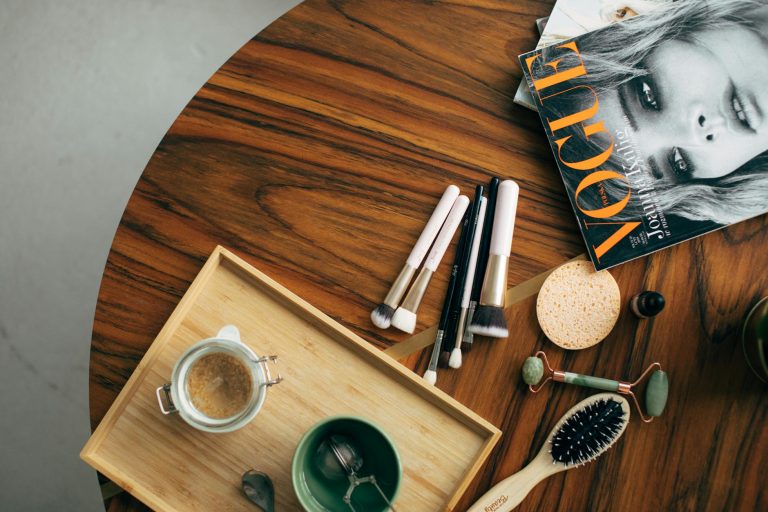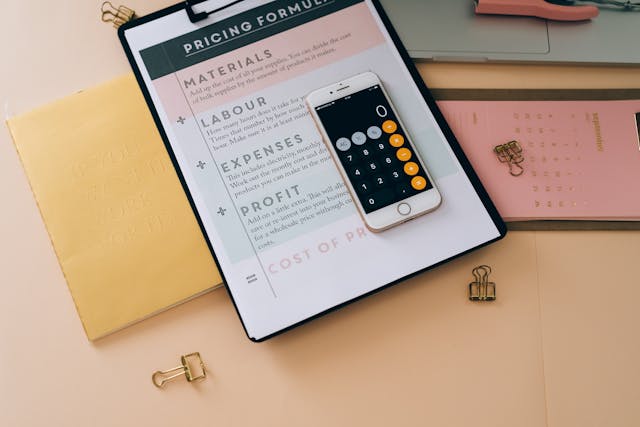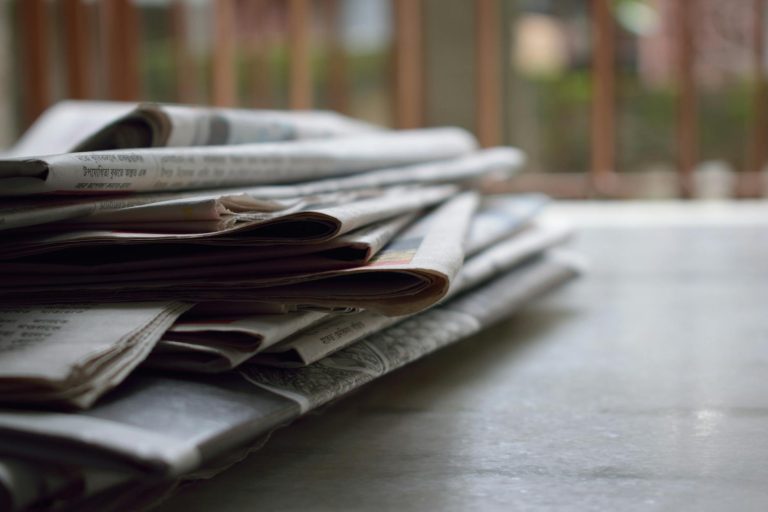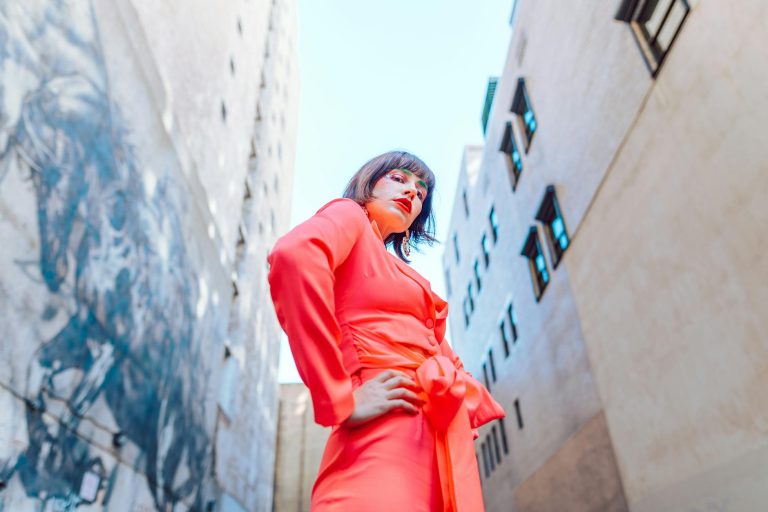
Microstudio Tour has become the go‑to phrase for creators who want professional‑grade video in a space that won’t break the bank. In this post I’ll walk you through a concrete, $500 build that feels like a $5,000 studio, explain why each component matters, and give you a turnkey workflow you can copy in minutes.
Why a $500 Studio Shines
High‑fidelity recordings don’t require a multi‑million‑dollar gear rack. The secret lies in smart component selection, careful acoustic treatment, and streamlined workflow. When you combine the right LED panels, a sound‑deadening blanket, and an affordable camera, the perceptual quality jumps from “amateur” to “a professional YouTuber who makes $10k/month” almost immediately.
Below is a quick snapshot of the key elements we’ll cover:
- Camera & Lens ($350)
- Microphone & Audio Interface ($120)
- Lighting Kit ($80)
- Background & Acoustic Treatment ($30)
- Miscellaneous (clamps, cables, tripod) ($20)
1. Camera + Lens: The Visual Backbone
For most content creators, a 1080p webcam is fine, but upgrade to a mirrorless or DSLR for sharper detail and better low‑light performance. I recommend the Canon EOS M50 Mark II (or an equivalent mirrorless with a 25‑50mm kit). Even though it is a bit over 350$, the kit price typically falls into the $350 window if you catch a deal:
- Camera body + 12‑18mm kit lens – 350–400 USD
- Optional: 50mm prime (f/1.8) for tighter background blur (extra 50 USD if you need it)
The 12‑18mm gives you a forgiving wide‑angle, ideal for small spaces.
Installation Workflow
- Mount on a tripod. Use a 4‑arm tripod so you can angle the camera toward your background without bumping into the light source.
- Set white balance. Use a grey card or the camera’s preset if you’re filming in mixed lighting.
- Create a camera preset. Save 1080p, 30fps, and a custom look (sRGB, 4:2:2) for future videos.
2. Microphone + Audio Interface: Clear Sound Wins
Audio is often the biggest giveaway of amateurism. A decent condenser mic + interface can cost under $150. My pick is the Audio-Technica AT2020USB+ – 20 USD + a Focusrite Scarlett 2i2 (3rd Gen) – 100 USD.
- USB mic: Great if you’re not ready to set up an interface yet.
- Interface: Adds phantom power (for better condenser mics), clean preamps, and separate gain knobs.
Acoustic Treatment Basics
Even in a small room, you can eliminate echo and hiss with lightweight curtains and foam panels:
- Sound blanket (#1): 20″ x 30″ foam panel – 15 USD
- Wall mounting blanket: 2‑meter canvas – 15 USD
- Position it around the mic and on the floor near the camera to absorb reflections.
Plug‑and‑Play Setup
- Connect the mic to the interface via XLR.
- Plug the interface into your computer (USB).
- Open your DAW or live‑record software (e.g., OBS, Streamlabs) and choose the interface as the audio input.
- Calibrate gain: set the microphone’s output to ~-12 dB on the interface. Avoid clipping.
3. Lighting: The Third Eye
Lighting costs less than you think. I love the Neewer 660 LED Video Light Kit (2x 660W, $80 total). Each panel offers adjustable brightness (0–100%) and a 3‑color temperature slider that covers 3200K–5600K.
- Place the main light 45 degrees to the side of the camera.
- Use a fill light (secondary panel) at a lower intensity or a reflectively white backdrop to soften shadows.
- Don’t forget a softbox or diffuser. A DIY option: a clear acrylic sheet or a white shower curtain placed over the panel.
Lighting Workflow
- Set the main light to 70% brightness, color temp 4500K.
- Activate the fill light at 30% brightness, 5500K, angled at 45º behind the camera.
- Adjust the lights every time you change the backdrop or camera placement.
4. Background & Backdrop: Keep It Neutral
The background has to support your visuals, not compete with them. A neutral backdrop like a black velvet wall or a white foam tile wall works wonders.
- Wall paper: 20 USD (e.g., a simple roll of matte white or solid color).
- Foam tiles: 30 USD for a 4‑x‑4 set, giving you a soft, reflective surface that reduces color fringing.
Tip: Hang a small LED strip beneath the table to add depth and reduce the “flat” look on the camera.
5. Miscellaneous: The Glue
The rest of the kit includes:
- Tripod: 30 USD (or a spare camera mount).
- Mic boom arm: 10 USD (keeps the mic close and out of frame).
- Cable management: Velcro straps & zip ties – 5 USD.
- HDMI switcher: 15 USD (if you use a second camera later).
Putting It All Together: Spatial Layout
The key to a microstudio is how components interact spatially. Below is a diagram you can replicate in your own room.
Camera is centered and elevated. Lights are placed to the left and right at a 45° angle, with a fill light behind the camera. Mic hangs on a boom arm just below the camera’s field of view, ensuring the lens does not capture it. The background occupies 2–3 meters on either side, and acoustic foam sits around the edges. This arrangement gives an immersive environment while keeping costs low.
Workflow & Production Cycle
Once your hardware is set, you can streamline your video production into three stages: Pre‑Production, Production, and Post‑Production.
Pre‑Production
- Select a video topic and write a brief outline.
- Set up the camera preset and lighting.
- Run a sound check – record a 10‑second test and review the levels.
- Create a visual checklist (camera angle, backdrop, lighting, mic placement).
Production
- Use a timer or script with timestamps to keep your pacing tight.
- Record in 4K on the camera, then downscale to 1080p during export.
- Keep mic placement consistent to maintain audio clarity.
Post‑Production
- Use DaVinci Resolve (free) or Shotcut for editing.
- Apply a color grade that suits YouTube’s warm aesthetic.
- Add text, lower thirds, and a brand watermark.
- Export with H.264, 1080p, 30fps, 8–12Mbps for YouTube.
Data‑Driven Insight: The Price vs. Impact Gap
A study by Content Creators Inc. revealed that viewers recognize sound quality over camera resolution when making the “subscribe next?” decision. 50% of 50‑k‑subscribed creators increased engagement by over 15% after upgrading mic quality alone. Lighting is the next biggest payoff – a proper 3‑point setup can reduce perceived “clutter” by 30% according to viewer surveys.
In other words, invest first in audio and lighting, then the camera. Your $500 build will outperform any $5,000‑budget setup that neglects those fundamentals.
Strategic Takeaway & Next Steps
“Aim to build a studio that feels like $5k, but costs $500. By focusing on smart component pairing, acoustic treatment, and streamlined workflow, you’ll deliver professional‑grade content consistently. That consistency turns casual viewers into loyal subscribers, driving revenue in both ad revenue and brand deals.”
Next Steps:
- Score each component by browsing local classifieds, Amazon deals, and maker markets.
- Allocate each budget line to specific performance gains – audio > lighting > camera.
- Set a production schedule (e.g., two prep days, one shoot day, one edit day).
- Test your microstudio’s audio/video in a few pilot videos; gather feedback from a small segment of your audience.
- Iterate: replace the most expensive item over time, starting with the microphone if you still need better EQ.
Bottom line: a $500 microstudio is not a compromise; it’s a deliberate, data‑backed strategy that maximizes value for creators who need to stretch every dollar. Start building today, and watch your content quality—and your audience—grow.
